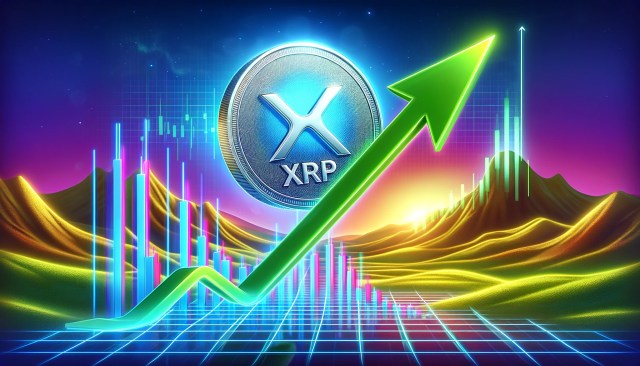
By tackling DEX challenges like limited liquidity, high fees, and complex interfaces, Zaros aims to offer a decentralized trading experience that is comparable to the convenience and variety of CEXs.
The total transaction volume of decentralized exchanges (DEXs) has surpassed $1 trillion in the last twelve months, but significant challenges have prevented their widespread adoption.
One of the main problems is that DEXs have fewer market participants than centralized exchanges (CEXs), resulting in price slippage on large trades. Additionally, liquidity is often spread across multiple platforms, making it difficult to search for the best prices.
During network congestion periods, DEXs can charge higher transaction fees. Moreover, most decentralized platforms are not as user-friendly as their centralized counterparts.
Despite these hurdles, some platforms are emerging to bridge the gap between decentralized and centralized trading experiences.
Cross-margin trading experience
A perpetual DEX powered by boosted restaking vaults, Zaros aims to provide a decentralized trading experience that matches the convenience, liquidity and variety found in CEXs.
The platform enables trading perpetual futures, which are financial contracts that have no expiration date and allow up to 100x leverage. In Zaros, liquidity providers can earn extra rewards by providing liquidity through liquid staking tokens (LSTs) and liquid restaking tokens (LRTs). LSTs are tokens received in exchange for staking assets, which can be traded or used elsewhere. LRTs are similar but add another layer of staking to earn additional rewards.

Zaros is where LSTs, LRTs and perpetual futures converge. Source: Zaros
To differentiate itself from its competitors, Zaros offers up to 100x leverage on Arbitrum, an Ethereum layer-2 platform that provides fast transactions and low fees. Additionally, the DEX is set to be available on Monad, a layer-1 blockchain known for its rapid processing and high throughput.
Zaros also allows traders to deposit a wide range of assets as collateral into their accounts from Arbitrum and Monad, ensuring a seamless cross-margin trading experience. With cross-margin, traders can use their entire balance without the fear of liquidation in a losing position.
Streamlining access via social login
To further streamline user access, Zaros supports social integration, permitting users to log in using Apple ID or Gmail. Furthermore, with a sub-account system, the platform enables users to implement different margin strategies or mimic isolated margins simultaneously.

A comparison of offerings between Zaros and the Web3 ecosystem. Source: Zaros
In addition to user-friendly features, Zaros manages trading using specific limits called skew caps and open interest caps, resulting in higher total value locked (TVL). Skew caps limit traders' maximum exposure, while open interest caps restrict the total number of active contracts. These features allow users to use more experimental trading alternatives, like memecoins.
For liquidity providers (LPs) to earn real returns in ETH from trading fees, Zaros offers single-sided liquidity pools through its ZLP Vaults, which support LSTs like Lido and LRTs like EigenLayer. These vaults are pegged to underlying assets such as wrapped staked Ether (wstETH) and wrapped Ether (weETH), offering an additional yield layer.
Additionally, Zaros has introduced an over-collateralized stablecoin, USDz, that is only created when paying traders’ gains, ensuring its reliability for transactions.
Expanding presence in DeFi
Cointelegraph Accelerator participant Zaros invites users to become early birds at its governance. The testnet launched in early March, Zaros is hosting a trading competition till June 10 on the testnet to earn zPoints multipliers.
The platform’s native token, ZRS, is launching via a liquidity bootstrapping pool (LBP) on Fjord Foundry, followed by elections for the Zaros DAO council.
Since launching its testnet on Feb. 28, Zaros has attracted over 3,000 users. Key milestones include a token generation event and a listing on MEXC. With partnerships including EtherFi, Redacted Cartel and Yield Nest, Zaros is expanding its presence in the decentralized finance (DeFi) ecosystem.

Zaros’ 2024 roadmap includes new partnerships. Source: Zaros
The DeFi space has the potential to capture a significant share of the market dominated by centralized services. For this vision to become a reality, DeFi platforms must first improve the user experience and ensure equity in existing products. As DEX platforms continue to innovate, the transparent, decentralized and composable structure of DeFi ecosystems will inevitably attract users.
Disclaimer. Cointelegraph does not endorse any content or product on this page. While we aim at providing you with all important information that we could obtain in this sponsored article, readers should do their own research before taking any actions related to the company and carry full responsibility for their decisions, nor can this article be considered as investment advice.











